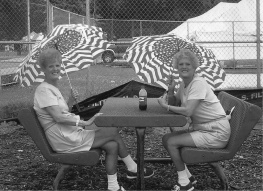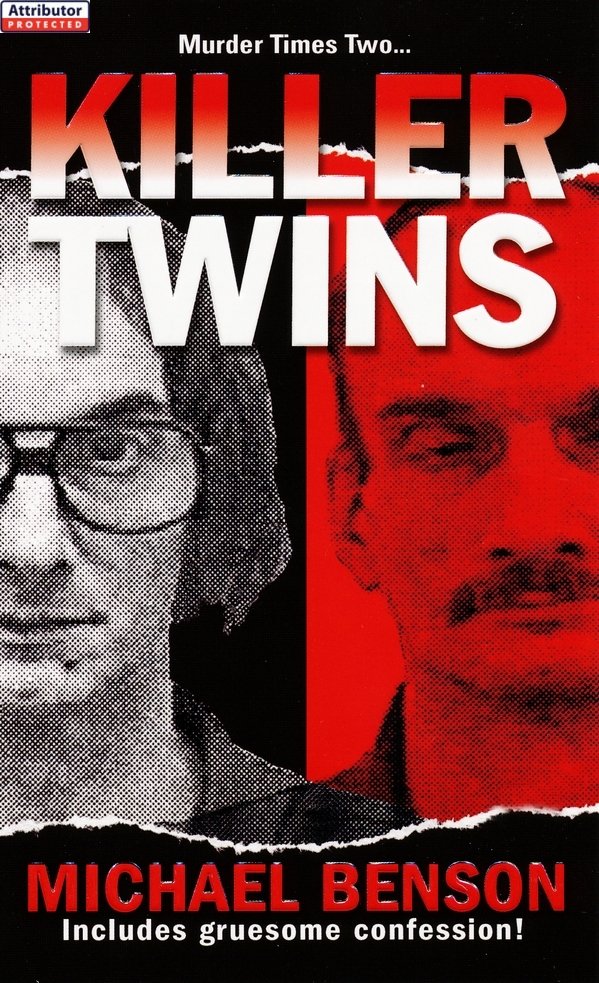Acknowledgments
The author wishes to thank the many people and organizations that have cooperated with this effort. Without your assistance, this book would be a slender volume. Special thanks, as always, to my agent, Jake Elwell, of Harold Ober and Associates; my editor at Kensington Books, Gary Goldstein; former head of the FBI Behavioral Science Unit in Quantico, Virginia, Dr. Stephen Band; retired Monroe County second assistant district attorney Larry Bernstein; retired Rochester homicide investigator Tony Campione; Investigator Thomas Cassidy, of the Rochester Police Department; intrepid reporter Amy Cavalier; Paul Chap-pius Jr., the deputy superintendent of security at the Attica Correctional Facility; Elmira Heights acting chief of police Rick Churches; New York State Department of Corrections public information officer Linda Foglia; Georganna DAngelo, records clerk, City of Elmira; director of transportation for this project, Anne Darrigan; Damita Gibsons mother and stepfather, Ethel and Mason Dix; Kelly Gangemi, Vicki Jobsons sister; deputy chief of the Elmira Police Department, David C. Gardner; Rosary Grande, Charles Grandes sister; Carol Greene and Sandra Prusak, inmate record coordinators for, respectively, the Great Meadow and Attica Correctional Facilities; retired Monroe County assistant district attorney Kenneth C. Hyland; librarian and archivist at the Rochester Museum & Science Center, Leatrice M. Kemp; Karen LaPolt, deputy superintendent of programs at the Great Meadow Correctional Facility; Elmira Heights Village attorney John McGlenn; New York State Supreme Court justice Stephen K. Lindley; retired Rochester Police investigator Mark Mariano; Elmira Heights deputy clerk Donetta D. Morey; former Chemung County sheriff and FBI special agent Pat Patterson; Chief Gerald Pickering and Lieutenant Joseph Rieger, of the Webster Police Department; the many longtime residents of Elmira who, though remaining anonymous, were so generous with their memories of the Spahalski twins; the children of Ronald Ripley, David, Priscilla, and Ronjay; my Rochester historians, Rita Benson, Kathleen Schlaffer, and Muriel Dech; Phyllis Rogan, reference librarian at the Steele Memorial Library in West Elmira, and her volunteer assistant who, after getting married many years ago, bought her pots and pans from victim Ronald Ripley; Andy Schmitz, graphic designer; the Honorable Stephen Sirkin; Captain Laurie M. Wagner and Sergeant Kern Swoboda, of the New York State Police, Public Information Office; retired Elmira police chief Dick Wandell; the Transportation Security Administration; my old social studies teacher and photographer extraordinaire, Jerry Warrenand his eagle-eyed assistant, Erin Fenton; Chemung County district attorney Weeden A. Wetmore and his investigator, Jay Williams; and from the Star-Gazette, managing editor Lois Wilson, Neighbors columnist Jennifer Kingsley, and associate editor David W. Kubissa.
During the spring of 2009, Robert Bruce Spahalski and the author exchanged a series of letters. Spahalski answered almost every question he was asked. His twin, Stephen J. Spahalski, did not respond to the authors requests for an interview.
Epilogue
With four years passed since the day Robert Bruce Spahalski turned himself in, Rochester did not cease to be a dangerous place. Huge portions of the city, including Edgerton Park, Dutchtown, and much of the citys west side, remained on the dont go there list. Even more of the sagging houses were boarded up. Even more of the boarded houses were torn down. Prostitution remained a fiercely dangerous profession, but on Lyell and Lake Avenues, the ladies were more apt to die from drugs or disease than at the hands of a john. The Crescent was inhabited by too many people who had no choice but to live there, people who either never had a chance or squandered their last chance in the crackling of a glass pipe.
On November 13, 2008, that other surviving Rochester serial killer, Arthur Shawcross, died. Hed been serving a 250-years-to-life sentence, and life won. Although few grieved, the historic nature of his crimes did render his death noteworthy.
Just weeks before his death, Shawcross was transported from the Sullivan Correctional Facility to the Albany Medical Center for an undisclosed illness.
A grown son of one of his victims said he felt sad at the news, because now Shawcross was facing an eternity of burning in Hell, and he wouldnt want to wish that fate upon anyone.
Another relative who would never forget her lost loved one was Kelly Gangemi, sister of Vicki Jobson. Vicki was the party girl turned prostitute whose body had been found stabbed multiple times, in December 1992, not far from the New York Central railroad tracks, a block north of Lyell Avenue.
Gangemi lived in the town of Greece, a suburb of Rochester that butted up against the citys northwestern-most section. Seventeen years had passed since her sisters murder, and still she and the rest of her family had no closure.
For years after Vickis murder, she assumed that her sister was one of the victims of John White, the suspected serial killer who had never been arrested. Then, when White died, she learned that Vicki had not been on the list of murders that police believed White had committed.
Arthur Shawcross was already in prison by the time Vicki disappeared, so it couldnt have been him. Of the known serial killers working in that area at that time, that left Robert Bruce Spahalski, who lived in Vickis building.
Kelly Gangemis life since her sisters death had not been easy. She had a daughter and grandchildren to look after, a niece in prison, an aging father and friend who needed care, and yet she couldnt stop thinking about Vicki.
Im going crazy. Im falling apart, she had said upon the sixteenth anniversary of the discovery of Vickis body.
After all that time, Kelly still commemorated her sisters birthday. Each year on Veterans Day, Vickis birthday, Kelly drove to the corner of Rutter and Haloid Streets to see the spot, the place where her sisters body had been found.
I do it because it keeps my energy fresh. I do it because it makes me angry, Kelly said. After visiting the spot, she sometimes visited Vickis grave site. She could feel her sisters spirit at both locations. It was tough on Kelly, tough especially in October, the month of Vickis death. Nobody was even sure what the anniversary of her death was.
Kelly was determined to have Vickis killer caught, even in 2009 after all those years had passed. She sought answers, and tried to always focus her energy on finding the creep or creeps who did it.
Every once in a while, there was a Democrat and Chronicle headlinea murderer had been caught. Kellys heart always leapt. Every time. She still had faith.
Im not vindictive. I know that catching her killer wont bring Vicki back, Kelly said. I have this big cloud hanging over my head.
But she couldnt surrender, either. She couldnt back up, which was weird if she stopped to think about it. There wasnt that much Kelly could do. She wasnt an investigator. All she could do was pester the hell out of the cop assigned to Vickis case.
She didnt want to interfere. She just wanted to make sure they were all on their toes, the actual investigators. Vickis murder was now a cold case, and cold cases didnt get priority. She understood that, but she also wanted to make sure Vicki wasnt forgotten altogether by the RPD.
She thought about being an activist. Maybe she would hold a protest, maybe a march. Sometimes she thought about planting a tree in Vickis memory, or starting a charity that gave coats to the prostitutes on the street in winter.

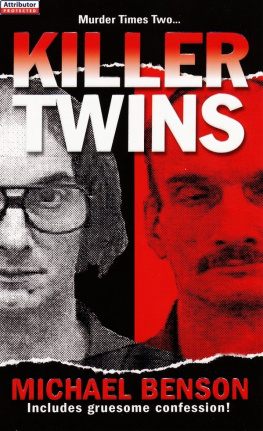
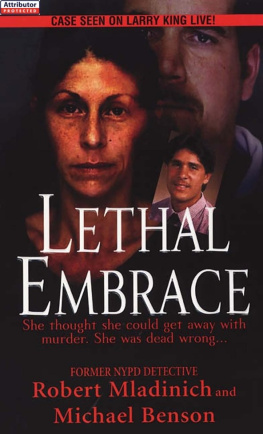


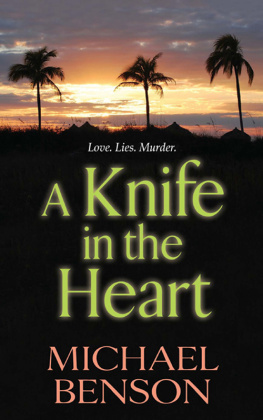
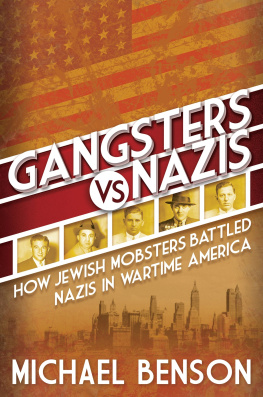
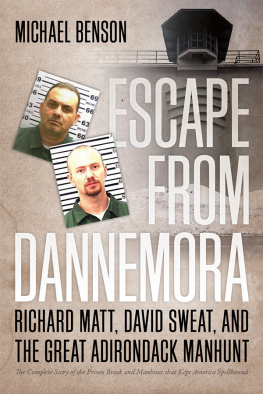


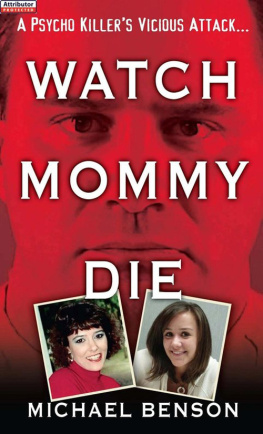
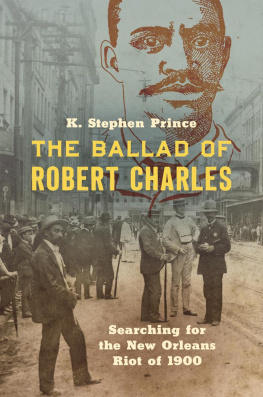
![Robert Hugh Benson [Benson - Robert Hugh Benson Collection [11 Books]](/uploads/posts/book/139831/thumbs/robert-hugh-benson-benson-robert-hugh-benson.jpg)
